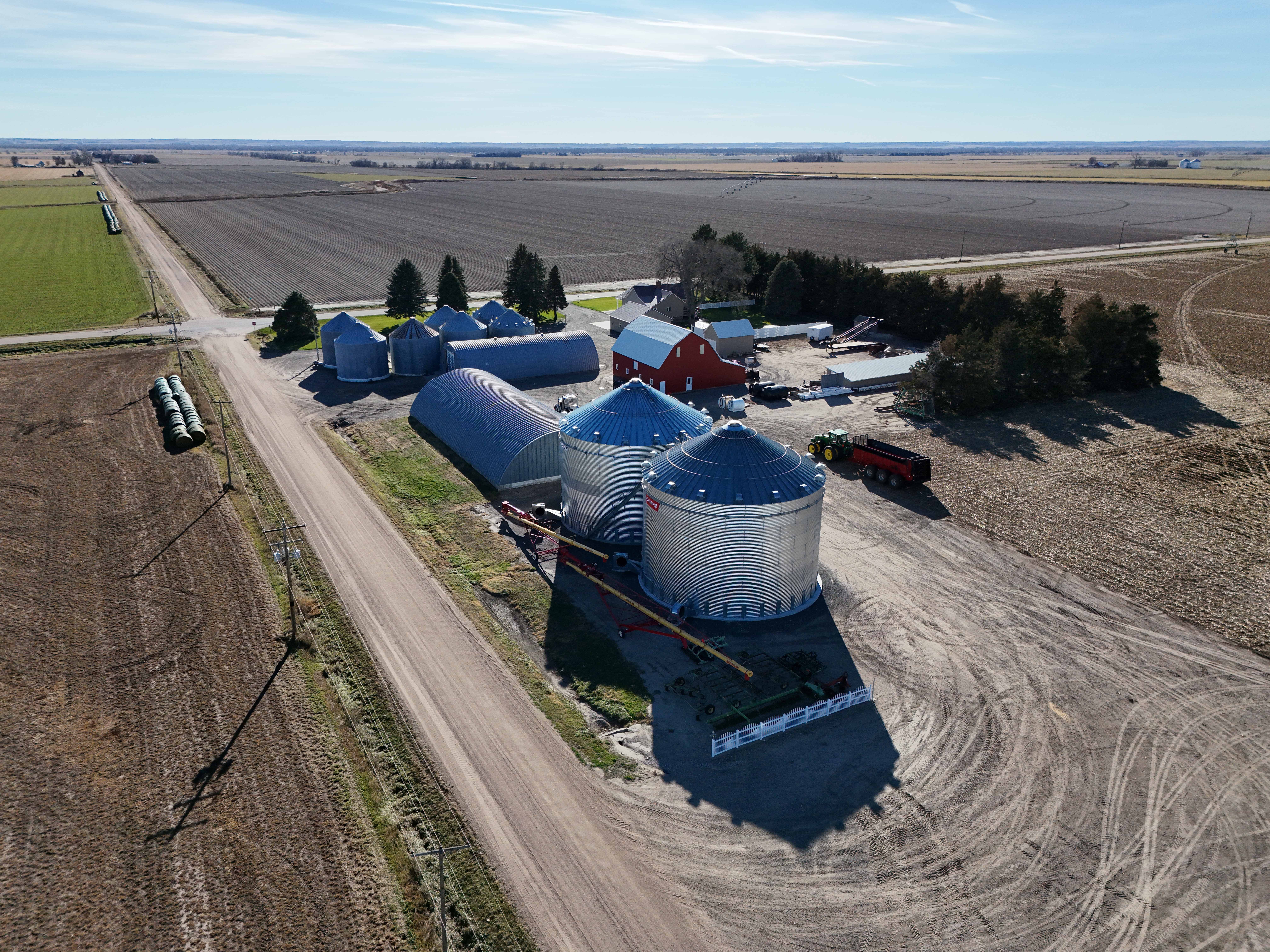As the frost thaws and the fields awaken with the promise of a new growing season, farmers and grain industry professionals alike turn their attention to the intricate dance of supply and demand in the spring grain market. With fluctuating global dynamics, evolving consumer preferences, and the ever-present specter of unpredictable weather patterns, navigating these trends becomes paramount for effective manufacturing and storage planning.
At Chief Agri, we understand the importance of staying ahead of the curve in the grain industry. Here, we provide key insights and guidance to help stakeholders chart a course for success in the upcoming season.
- Global Supply and Demand Dynamics:
The spring season often brings with it a reevaluation of global supply and demand dynamics. Factors such as weather conditions, geopolitical tensions, and shifts in consumer behavior can all influence the balance between supply and demand. Keeping a close eye on these macroeconomic indicators can provide valuable insights into potential market fluctuations.
Travys Woodside, Vice President of International Sales at Chief Agri, adds, “In today’s interconnected global market, understanding the demand and supply dynamics of different regions is crucial. Each region may have its own unique challenges and opportunities, and by gaining insights into these factors, stakeholders can strategically position themselves to capitalize on emerging trends and optimize their market presence.”
- Emerging Consumer Trends:
Consumer preferences play a significant role in shaping the demand for grain products. From the rise of plant-based diets to the increasing demand for sustainably sourced ingredients, understanding these trends can help manufacturers align their production strategies to meet evolving consumer demands. By staying attuned to shifting preferences, stakeholders can position themselves as leaders in meeting market demand.
“In today’s consumer-driven market, it’s essential for grain industry stakeholders to adapt accordingly,” emphasizes Travys Woodside, Vice President of International Sales at Chief Agri. “Whether it’s responding to the growing demand for sustainably sourced ingredients or integrating innovative processing techniques to enhance product offerings, aligning with consumer trends is key to driving growth and maintaining a competitive edge in the market.”
- Market Volatility and Risk Management:
Volatility is an inherent characteristic of the grain market, and spring is no exception. Fluctuations in commodity prices, currency exchange rates, and unforeseen disruptions can all impact market stability. Implementing robust risk management strategies, such as hedging against price fluctuations or diversifying sourcing channels, can help mitigate the impact of market volatility and safeguard against potential losses.
“As market conditions evolve, it’s imperative for grain industry stakeholders to proactively manage risk,” advises Mark Kjar, President/General Manager of Chief Agri. “By implementing strategic risk management measures, such as hedging strategies and diversification tactics, businesses can navigate market volatility with confidence and resilience. Chief Agri is committed to supporting our partners in mitigating risk and seizing opportunities in the dynamic grain market landscape.”
- Storage Planning and Logistics:
Effective storage planning is essential for ensuring the preservation of grain quality and maximizing operational efficiency. As spring harvests approach, stakeholders must assess their storage capacity, anticipate storage requirements, and implement proper inventory management protocols. Utilizing advanced storage solutions, such as Chief Agri’s grain bins equipped with state-of-the-art aeration systems, can optimize storage conditions and minimize the risk of spoilage.
“Proper storage planning is a cornerstone of successful grain management,” emphasizes Shad Singleton, Domestic Sales Manager at Chief Agri. “By assessing storage needs and implementing efficient inventory management practices, stakeholders can optimize their operations and minimize losses. Chief Agri’s advanced storage solutions offer reliability and innovation, ensuring that grains are stored safely and securely throughout the season.”
Even when faced with challenging agricultural conditions, farmers may opt to invest in storage solutions with the intention of holding grain for extended periods. This strategic decision allows them to capitalize on potential future market upswings and maintain greater control over their grain inventories.
In conclusion, navigating the complexities of the spring grain market requires a combination of market intelligence, strategic planning, and technological innovation. By staying informed about global market trends, embracing emerging consumer preferences, and leveraging cutting-edge technologies, stakeholders can position themselves for success in the upcoming season. With diligent preparation and proactive measures, manufacturers and storage providers can seize opportunities and overcome challenges in the dynamic landscape of the spring grain market. Chief Agri stands ready to assist with comprehensive storage solutions, including expert consultation, advanced equipment, and ongoing support to optimize grain management processes and maximize efficiency.
Contact Chief Agri today to elevate your operations to new heights.

